In June 2016, DC Comics kicked off the start of its Rebirth initiative. After a wave of criticism surrounding the way they have treated their characters’ rich histories since 2011’s New 52 relaunch, DC has decided to rebrand. They hope that by restoring their characters’ pasts, they will restore readers’ faith in them as well. Do they succeed? That’s what the Comics Beat managing editor Alex Lu, entertainment editor Kyle Pinion, and contributor Louie Hlad are here to discuss. Book by book. Panel by panel.
THIS WEEK: Louie dives into the public debate that is currently raging in the Justice League series. Also: check out that Batwoman #13 art!
Note: the reviews below contain **spoilers**. If you want a quick, spoiler-free buy/pass recommendation on the comics in question, check out the bottom of the article for our final verdict.
Justice League #41
Script: Priest
Art: Philippe Briones
Colors: Jeremy Cox
Letters: Willie Schu
This week’s Justice League #41 is the third issue of a story arc that explores some of the more debatable aspects of the superteam’s existence. It got me wondering – is the Justice League right or wrong?
Don’t misunderstand, I love the Justice League. Somebody’s got to save us from Starro’s creepy little face-suckers and keep us out of Brainiac’s bottles. Without them we would all be toiling in Darkseid’s fire pits for sure. But as a man of reason, even I have to admit that the concept of the League has always been problematic.
Superheroes are, by their very nature, criminals. They wear masks to hide their identities and operate “above” (read: outside of) the law. Getting a bunch of these high-powered vigilantes together under a charter is uncomfortably close to forming a rogue terrorist organization. But you know, terrorists for a cause. They’re basically Pussy Riot.
Seriously, how many times do we have to disband this thing? Whenever the Justice League forms, it runs into problems. Martian Manhunter pulled the plug in Detroit after two of his teammates were killed. A later team was dissolved during an epic fist fight between Green Arrow and Batman, a tension which mostly stemmed from Batman discovering that the League had mind-wiped him. It always sounds like a great idea: gather the Earth’s awesomest heroes together to take on the big threats and save the world. But it’s never as simple as it sounds.
The first issue is cleanup. When General Zod threatened Earth in the recent(ish) Man of Steel movie, it was thrilling to watch Superman charge him at super speed and push him through a silo — and then drag him through a farm, then a convenience store, before blowing up a gas station. For the rest of the movie, Superman throws Kryptonians through banks, barber shops, city roads, trains, skyscrapers, even an IHOP. It always goes like this. At the end, the city is in smoking ruins and the good guys saved the day. Go team.
It’s easy to see why society’s perception is turning against the team in recent issues of Justice League. The thing that this creative team is doing so well is capturing the current state of public discourse. When the League handles a dangerous situation involving a train wreck and volatile chemicals near a populated city, social media lights up with opinions. Many people are obviously quite pleased that the Justice League contained the threat and prevented further casualties. Other folks are infuriated that the rescue efforts were focused solely in the rich white part of town (where the most damage was being done) and that the heroes bolted once the immediate danger was addressed.
There are a vast multitude of angles to this incident, one for every person perceiving it. Should the Justice League have stuck around to help the neighborhoods on the other side of the tracks? When they dragged the toxic chemicals away from the city and into the rural outskirts, did it wrongfully endanger the crops? In the internet age, a single social media post can quickly become amplified to gain worldwide attention. And the debate ensues: for each of their actions, did they do right or wrong?
Speaking of the world stage, politics has always been a point of tension for a group like the Justice League. Think about it — this roster consists of an amazon, an Atlantean, an alien, two masked space cops, a masked speedster. They belong to no nation, are beholden to no laws. It’s not like you can make Batman testify or even verify that the guy in the kevlar suit is really the “real” Batman in the first place. Ironically, justice is an impossibility for the Justice League.
When the group who cannot legally be held responsible for their actions find themselves stranded in a war-torn African nation, things get messy. Interfering with (or even interacting with) a sovereign nation is outside of the group’s charter. They’ve toyed with different political arrangements and names, calling themselves the “Justice League of America” or the “Justice League International” to highlight their basic affiliations and loyalties — at one point they shortened their team name to just an acronym, like KFC. But whatever they call themselves, they don’t represent any country or peoples and aren’t an official actor in worldwide government. It’s really easy for them to get into hot water. In this issue, they forcibly disarm a local militia and then willfully disobey an order from the head of state. They had reasons, but it’s not a great look. At what point are they going too far? Who decides?
All of this public sentiment is being riled up and pushed to the foreground by a new adversary called The Fan. He’s someone who knows all of the League’s secrets and has compromised their technology systems, but more importantly he claims to embody the public’s opinion of the Justice League. Think of him as a meta version of an internet fan forum. The people hate the satellite headquarters, so he takes it out. The people want Cyborg in a cooler costume, so he hacks Vic’s appearance protocols. His mission is to make sure our heroes are the “best” version that they can be. Best, according to the fans.
So again we see the court of public opinion casting judgement. This time it’s the League’s rabid fanbase making collective decisions about the right or wrong way for them to be. Not too different from all of the angry (or pleased) tweeters whenever the team makes a decision in the course of duty. It’s amazing how quickly the internet forces us to a unified opinion as one of the hotter takes inevitably rises to the top of the news feeds. You wake up one day and all of your friends have decided that Greedo can’t shoot first, and that’s the end of the debate. Anyone who disagrees is clearly wrong.
The problem is that right or wrong is never an answerable question. The Fan describes himself as “a problem they can’t solve”, but the solution to me seems obvious. We can’t hide behind masks or the internet. We can’t get caught up in the “official” storyline so much that we forget to have our own opinions. We have to learn to have healthier debates about pretty much everything. And we’re probably gonna have to disband this League.
Verdict: Buy
Batwoman #13
Writer: Marguerite Bennett
Artist: Fernando Blanco
Colorist: John Rauch
Letterer: Deron Bennett
Forget the story, I want to talk about the art in Batwoman #13.
The opening page shows the display of a monitor screen during Kate’s conference call with a sanatorium. The shot is randomly pixelated and unstable, as if being broadcast over a tenuous satellite connection. The warden’s pale yellow office and creepy pasted-on smile help to set the tone of the issue as her head phases in and out of alignment on the jumpy feed. Makes you want to tell Kate to adjust the horizontal hold on her screen.
The inside of Batwoman’s ship is all red light and metal. Kate reviews digital display screens as she stands upright in the center of a large atrium, as if she’s traveling via Tardis. The cityscape below is a glowing sepia postcard.
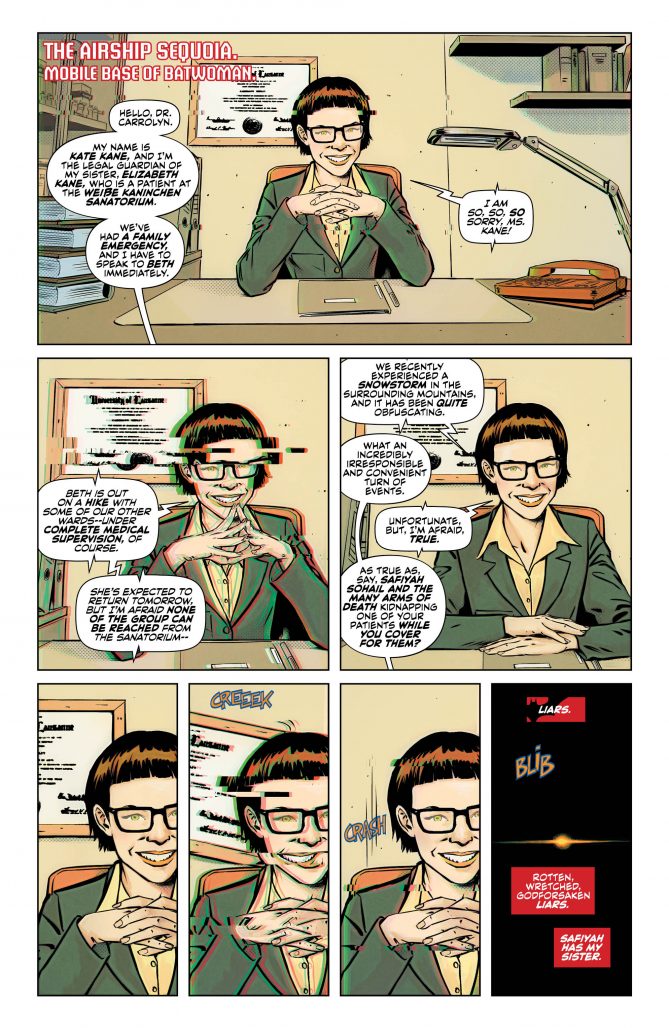
Inside the house, rot has set in after years of unuse. Windows are broken, stairs have caved in. The rosebush out front has infiltrated through a boarded window and it climbs the living room wall, disappearing into the gaping hole in the ceiling. Graffiti covers the walls and rats scurry under the floorboards. It’s no wonder that Kate loses her grip a bit as she revisits these rooms.
At this point, each panel of the story must decide whether it will show reality, a memory from Kate’s haunted mind, or a hallucination brought on by fear and trauma. Kate walks into the kitchen. Kate’s mom sits at the kitchen table with her. Kate’s mom sits at the kitchen table alone. Kate’s mom sits bound to the chair after the bullet ended her life. The repeated panels get darker in color as they get darker in tone.
The panels themselves begin to lose their mooring and right angles, rotating toward or away from the reader as reality struggles to assert itself over a damaged mind. Are those junkie’s syringes on the floorboards or Scarecrow’s fear toxin? Housecats or scavengers? The angles of each shot become less familiar — the undersole of Batwoman’s foot, her looming figure from a rat’s point of view under the table, a water-damaged book. The story itself doesn’t want to focus on the task at hand.
Kate finds a sad shrine whose importance to her causes it to stretch its image across three panels at once, and still the page cannot hold her grief. The candle flame gutters in a sudden wind as Kate senses (and hears) her mother’s ghost, but she turns too slowly to see what we have seen. The family photos she passes as she ascends the staircase become macabre portraits of the corpses that left her behind. The rosebush decides to stop here on the bannister. It is too scared to continue to the top floor with her.
Okay just one quick note about the story. It’s awesome. And it looks beautiful.
Verdict: Buy
 Round-Up
Round-Up
- One additional thought about Justice League #41. I don’t claim to know for sure how the story arc is going to end, but I rather suspect they gave away the game the moment Bloodwynd made an appearance.
- I’ve had some less than kind words for Green Lanterns, the GL book that doesn’t feature Hal Jordan, but honestly it’s been much better lately. What has changed? The series has gotten closer to the core of what Green Lantern is about. Alien worlds, exotic characters, and the inclusion of the rest of the GL Corps. I love Jessica Cruz’s character (her candid interactions with her ring make me smile every issue), but this title has got to have some space cop drama. Otherwise it fades into just another superhero book. Glad to see it’s on a better path.
- Batman #43 almost got a full write-up from me this week for being so damn heartwarming and delightful. Harley and Ivy’s relationship takes center stage as Pamela is forced to confront some of her inner demons and is reminded that she won’t have to face them alone. Big kudos to Tom King for making this relationship feel so real. A story is much more engaging when you find yourself rooting for the bad guys and sympathizing with a display of emotions that rings true to life experiences. This one really moved me.
- Raise your hand if you have a great feeling about Bruce and Selina’s impending wedding. Yeah, that’s what I thought.


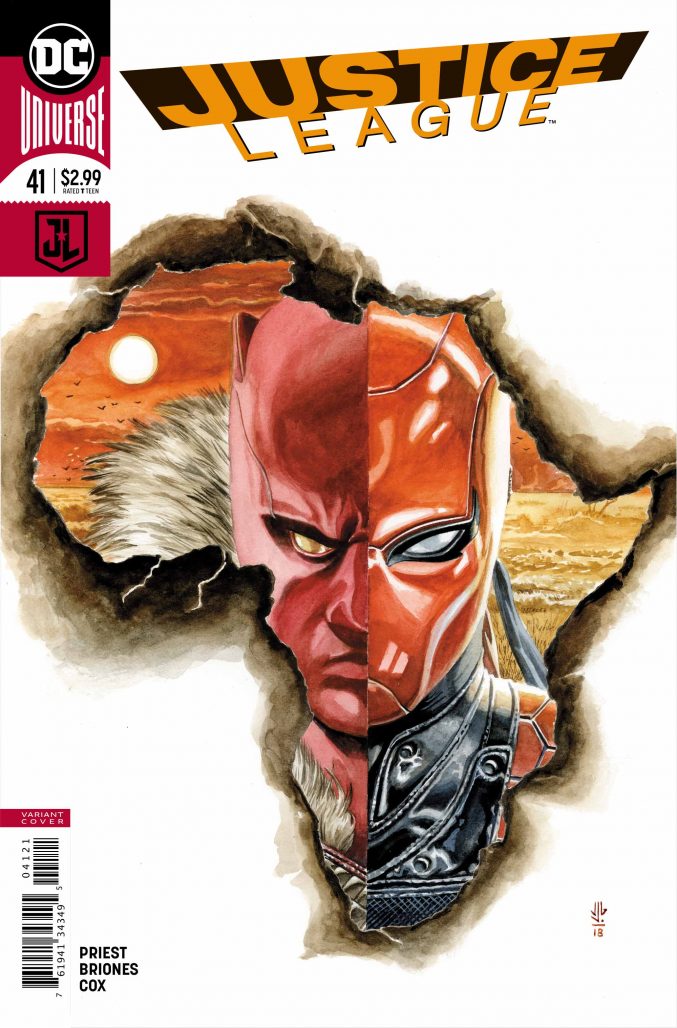
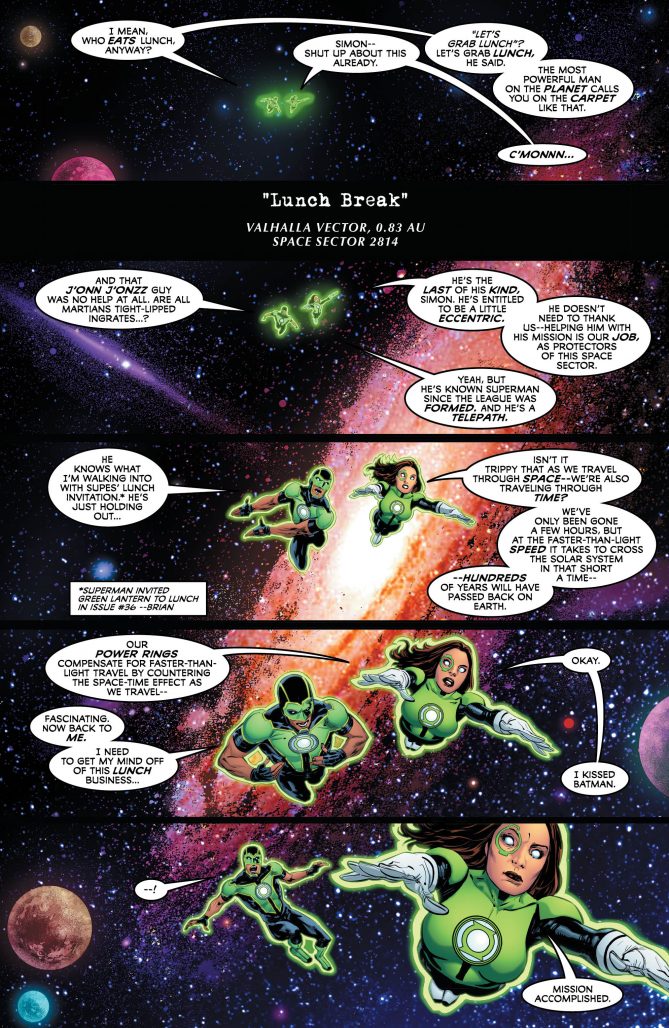
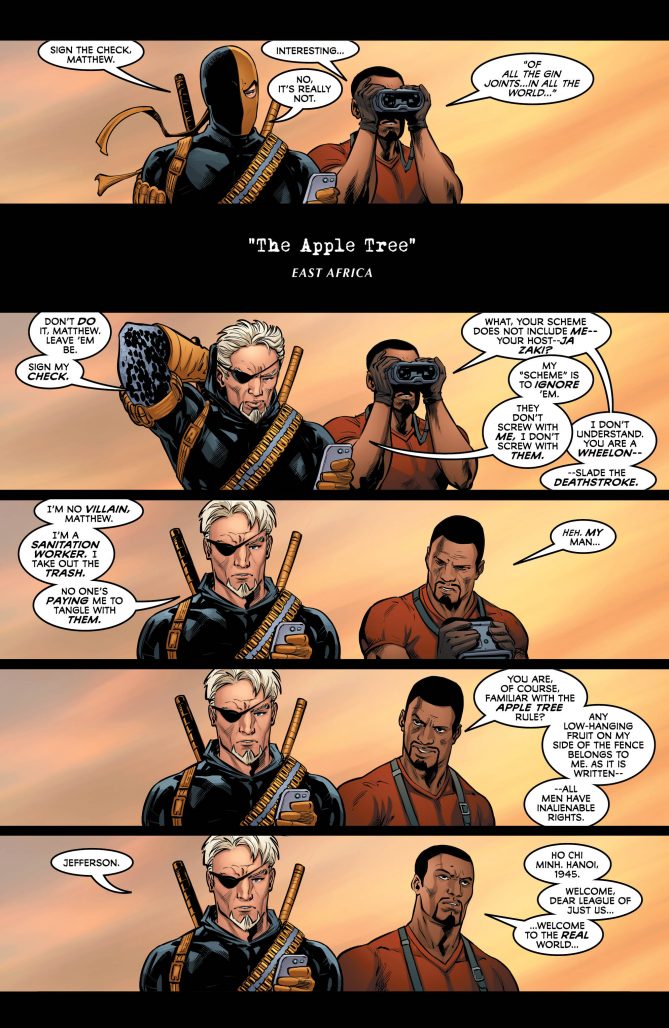
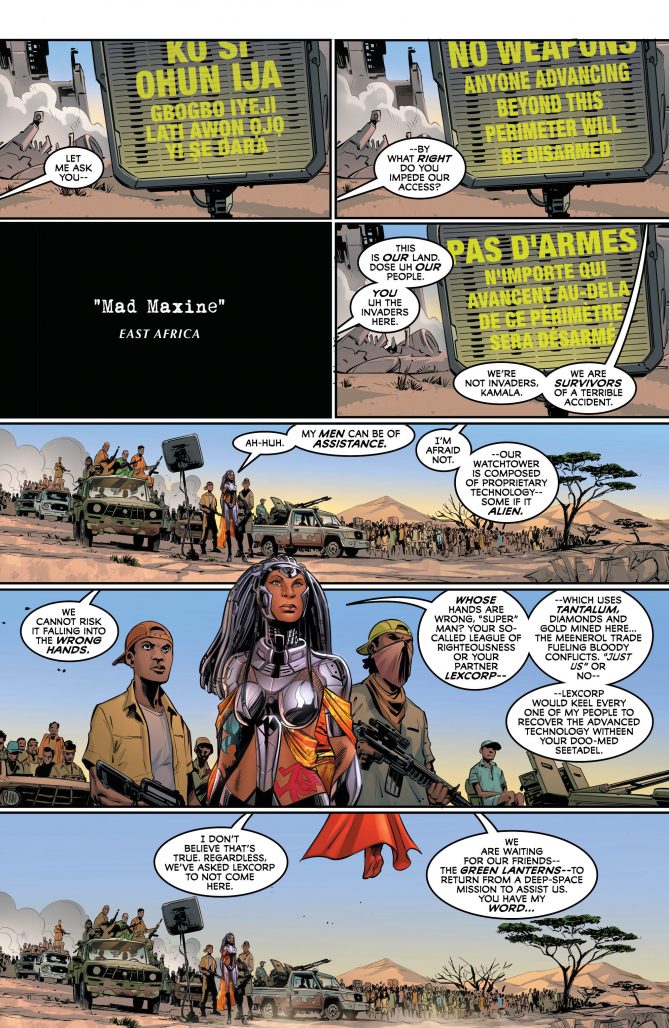
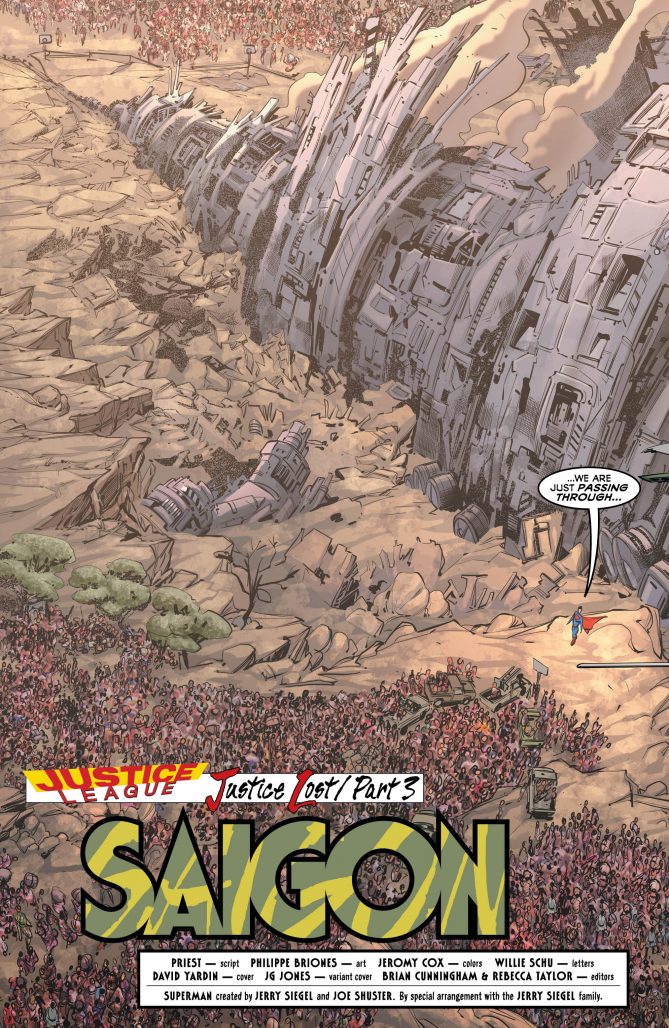
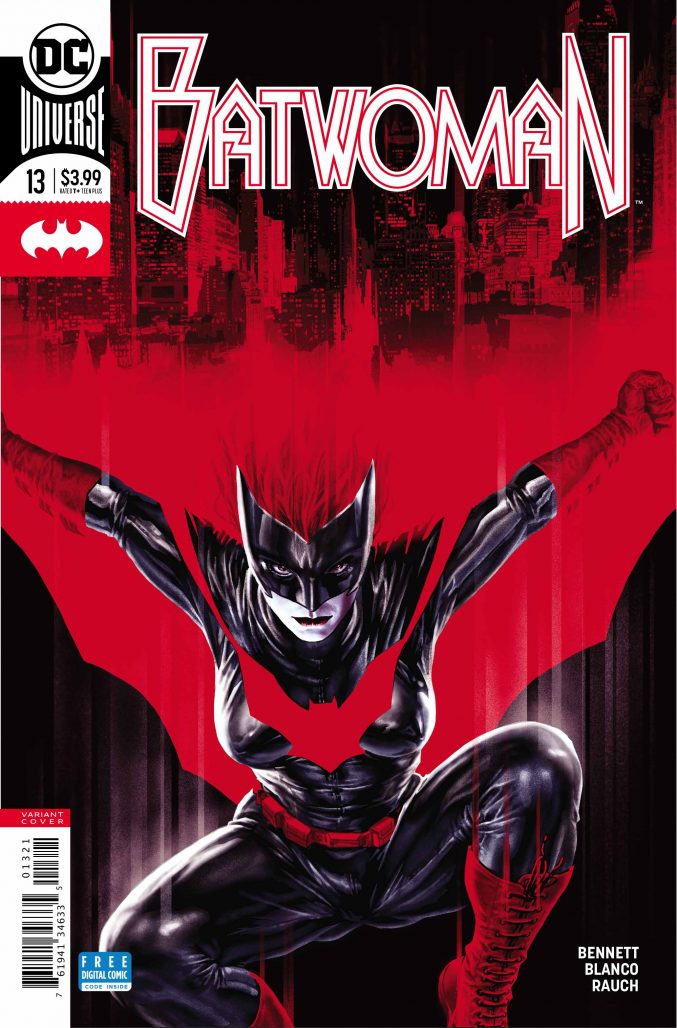
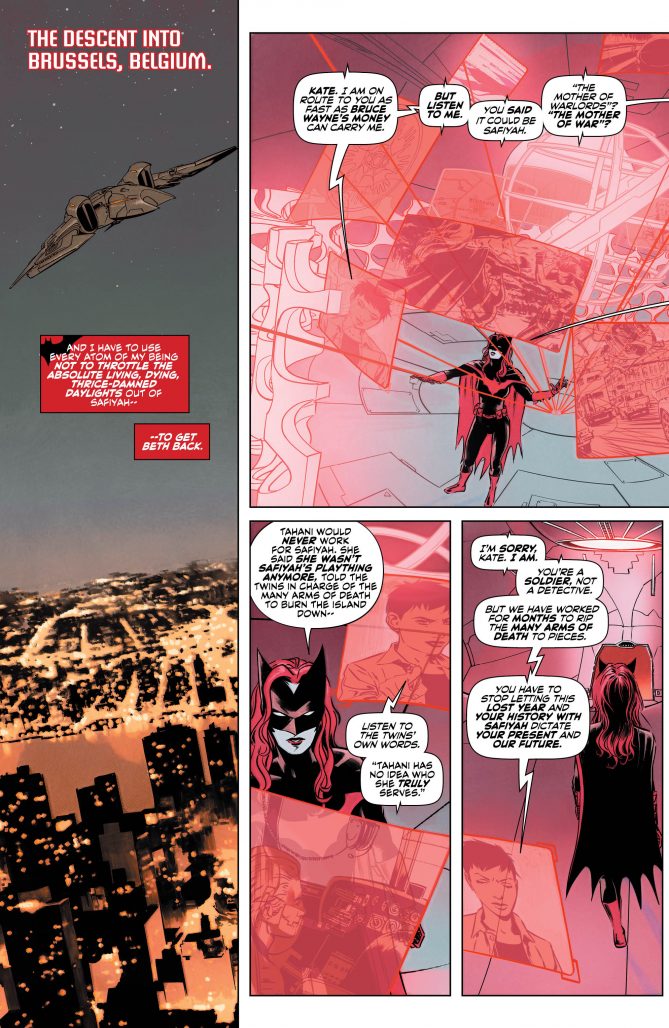
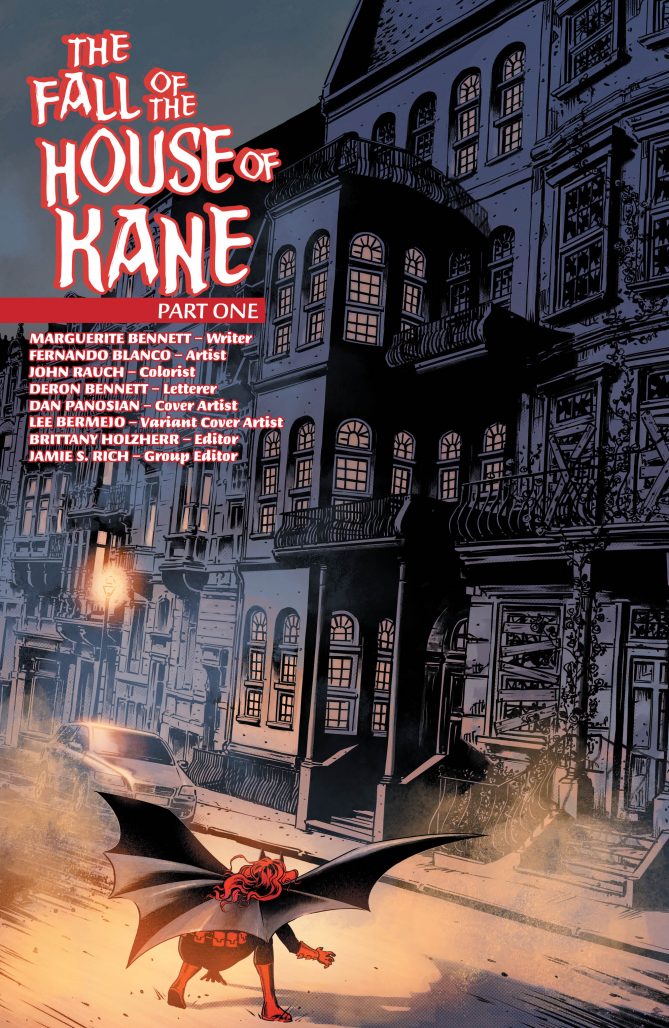
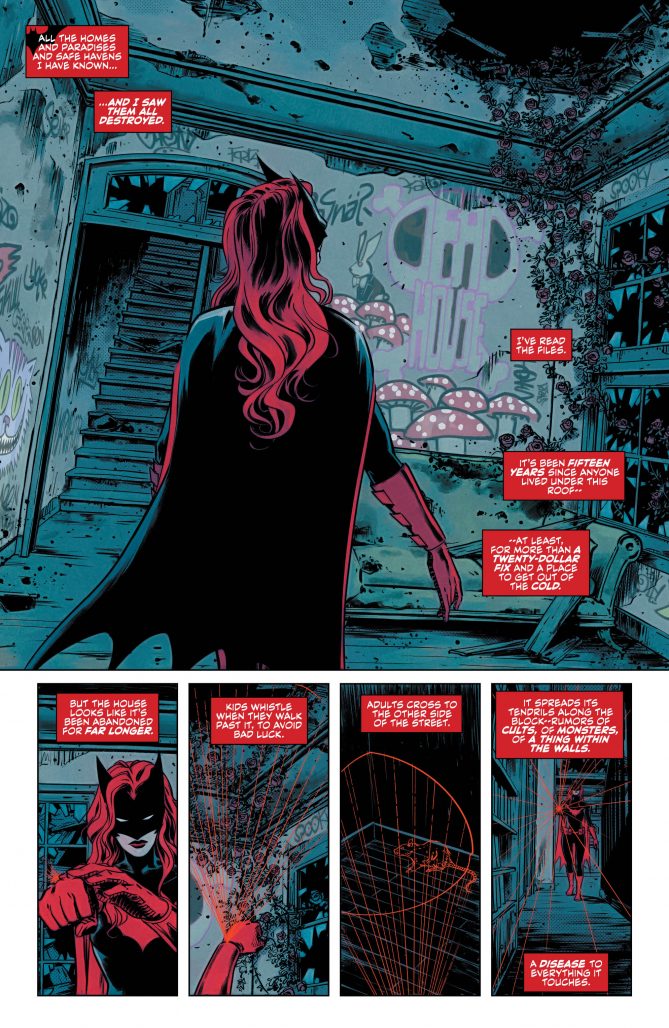
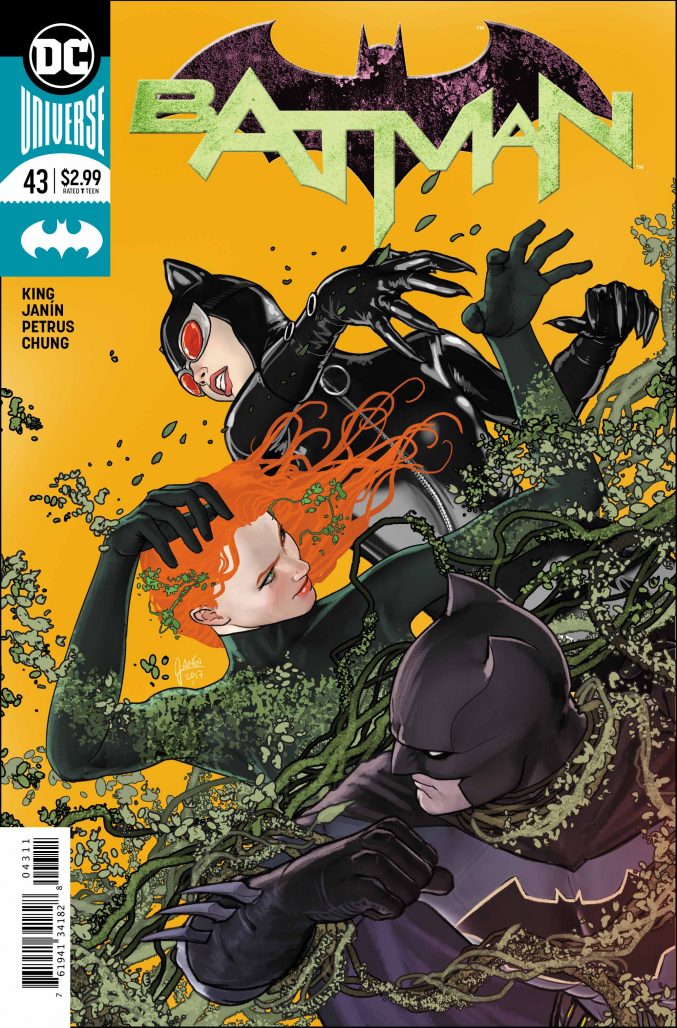 Round-Up
Round-Up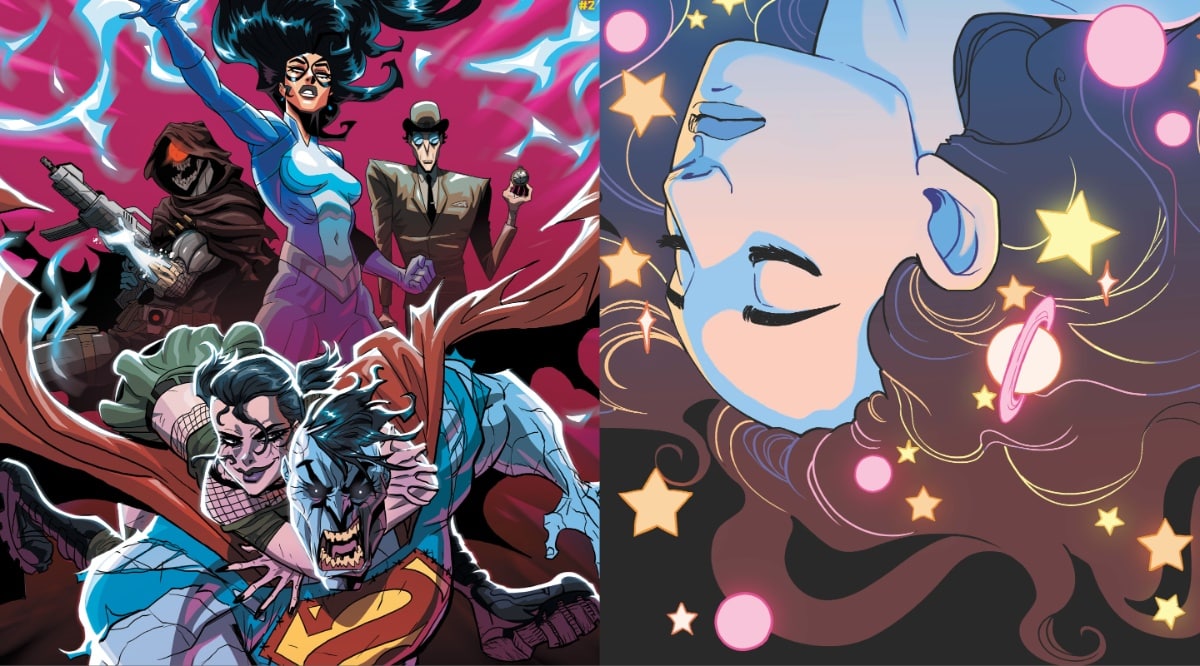
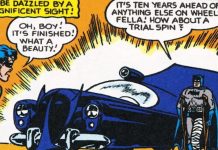
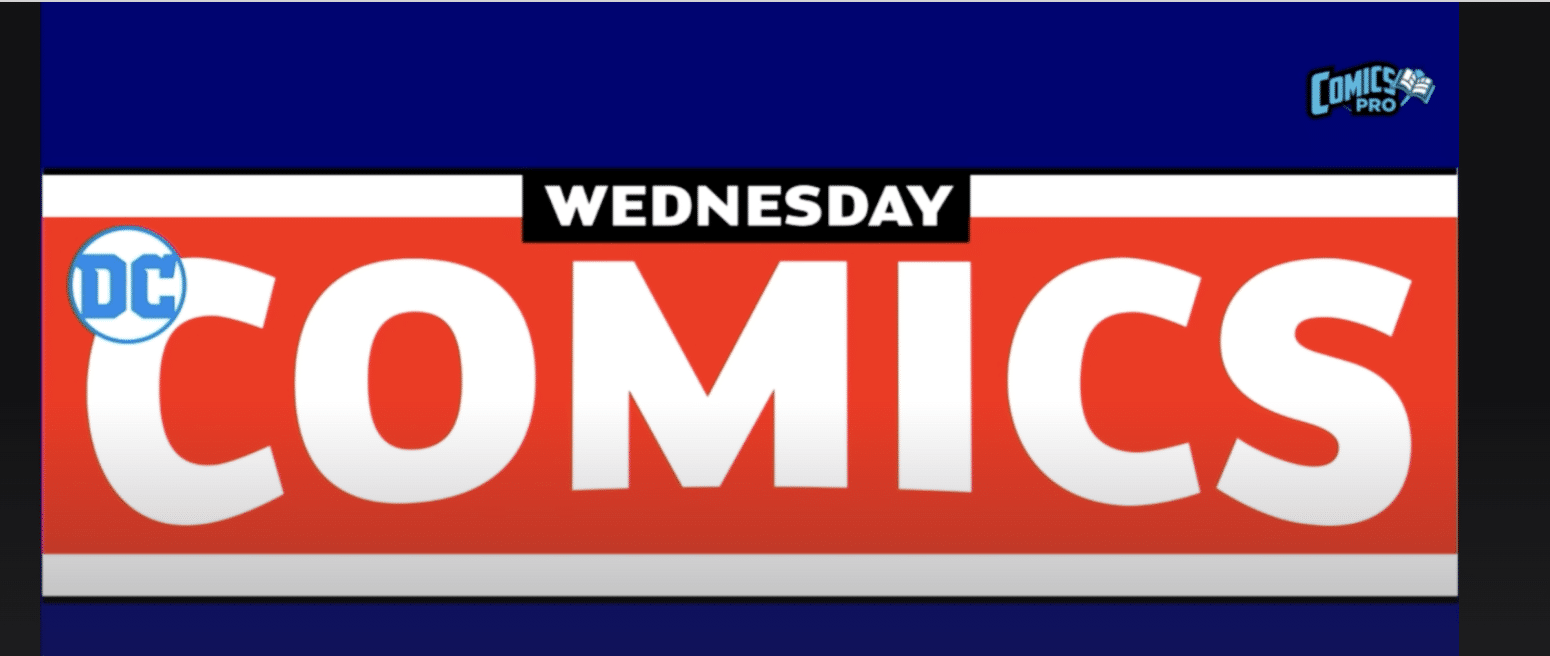


That Batwoman art is indeed very good looking.
Anything that gives Priest the ability to play in the sandbox with the big guns can only be described as “right”!
Bloodwynd? Where?
Comments are closed.